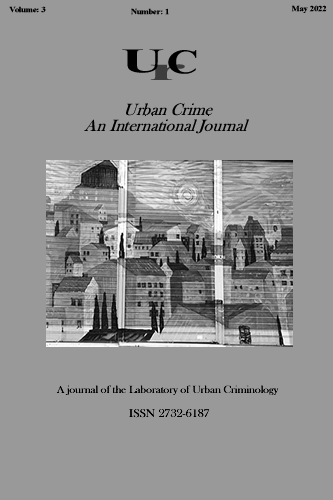The Role of Addictive Substances in Different Types of Sex Trafficking in Urban Areas in the U.S.: A Study of Control
DOI:
https://doi.org/10.26250/heal.panteion.uc.v3i1.278Keywords:
Sex trafficking, substance use disorder, qualitative research, drug investigationsAbstract
Sex traffickers manipulate their victims through force, fraud, and coercion into performing sexual acts in exchange for something of value. Often, traffickers use addictive substances to recruit and manipulate their victims into compliance. Less is known about how different types of traffickers – boyfriend/Romeo, gang-controlled or “guerilla/gorilla” pimps, and familial traffickers – use substances to control their victims. Additionally, law enforcement in urban areas regularly conduct drug interdiction, increasing the opportunities to uncover and assist victims of human trafficking with the proper training. The present study utilized 24 in-depth interviews with adult women formerly or currently involved in the commercial sex trade utilizing a community-based sample recruited by a leading survivor researcher in the United States. Results indicate that boyfriend pimps introduced addictive substances socially at first to groom victims and normalize drug use in the victim’s new reality. Gang affiliated and more violent traffickers targeted and recruited new victims who already had an existing substance abuse disorder and provided highly addictive drugs to keep victims compliant and close by. Victims and survivors across both types of trafficking experiences reported using substances to numb the trauma and assist in dissociating to survive their exploitation. Practical implications point to the importance of raising awareness among law enforcement officers in urban areas to better identify victims during drug interdiction and investigation, ideally diverting them to services tailored specifically to sex trafficking victims and survivors.

